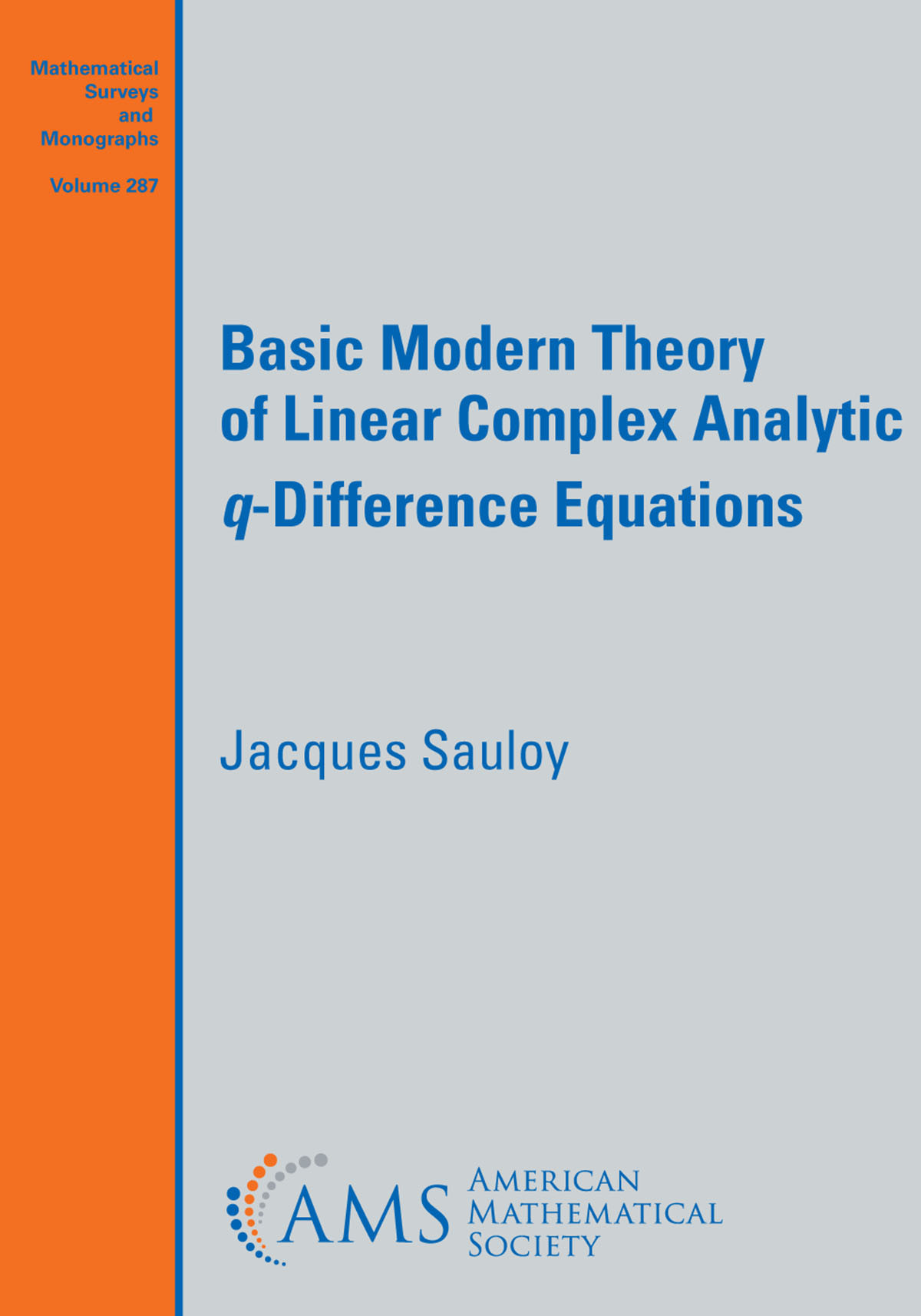

Most ebook files are in PDF format, so you can easily read them using various software such as Foxit Reader or directly on the Google Chrome browser.
Some ebook files are released by publishers in other formats such as .awz, .mobi, .epub, .fb2, etc. You may need to install specific software to read these formats on mobile/PC, such as Calibre.
Please read the tutorial at this link: https://ebookbell.com/faq
We offer FREE conversion to the popular formats you request; however, this may take some time. Therefore, right after payment, please email us, and we will try to provide the service as quickly as possible.
For some exceptional file formats or broken links (if any), please refrain from opening any disputes. Instead, email us first, and we will try to assist within a maximum of 6 hours.
EbookBell Team

0.0
0 reviewsAfter a gentle historical introduction with emphasis on mathematics and a thorough study of basic problems such as elementary q-functions, elementary q-calculus, and low order equations, a detailed algebraic and analytic study of scalar equations is followed by the usual process of transforming them into systems and back again. The structural algebraic and analytic properties of systems are then described using q-difference modules (Newton polygon, filtration by the slopes). The final chapters deal with Fuchsian and irregular equations and systems, including their resolution, classification, Riemann-Hilbert correspondence, and Galois theory. Nine appendices complete the book and aim to help the reader by providing some fundamental yet not universally taught facts.
There are 535 exercises of various styles and levels of difficulty. The main prerequisites are general algebra and analysis as taught in the first three years of university. The book will be of interest to expert and non-expert researchers as well as graduate students in mathematics and physics.